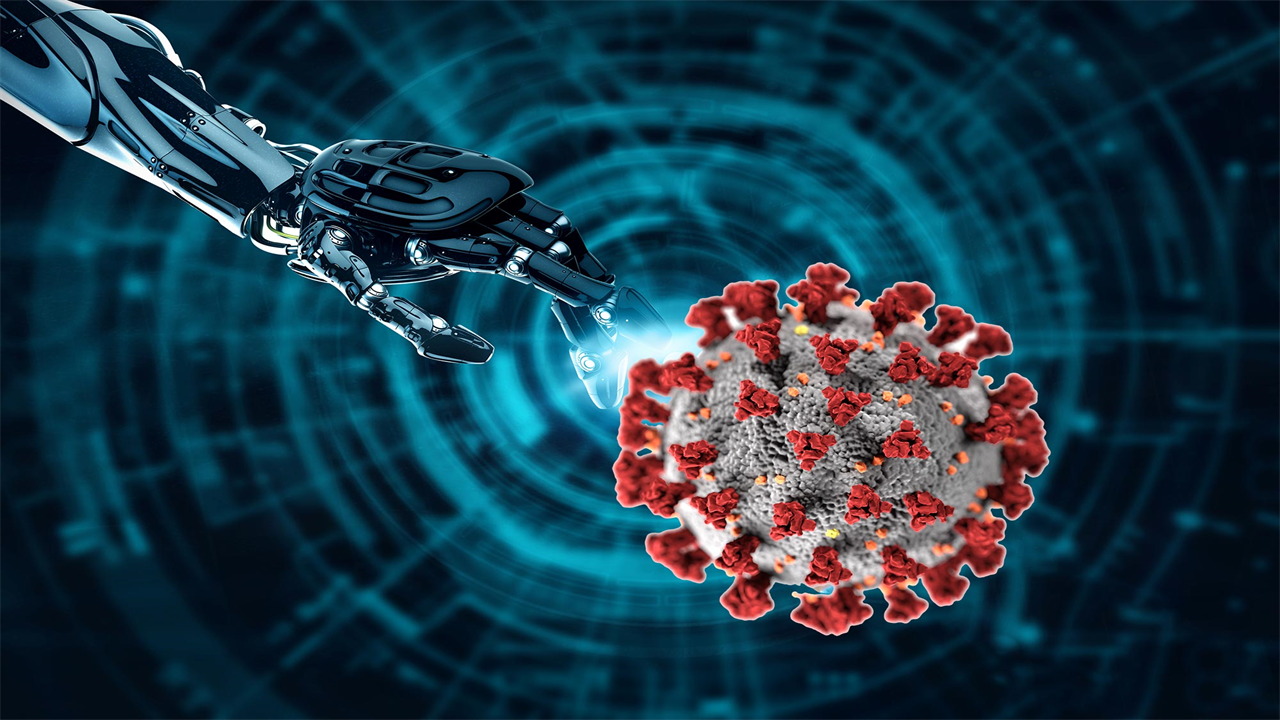Neural Network Helps Predict New Drug Combinations To Fight COVID-19
0 View
Share this Video
- Publish Date:
- 8 October, 2021
- Category:
- Covid
- Video License
- Standard License
- Imported From:
- Youtube
Tags

Deep learning identifies synergistic drug mixtures for treating viruses such as SARS-CoV-2.
The existential threat of Covid-19 has made it clear that there is an acute need to develop effective therapies against emerging health problems. One of the luxuries that deep learning has brought us is the ability to adjust the landscape as it unfolds — as long as we can keep up with the viral threat and have access to the right data.
As with all new medical conditions, the data often takes time to catch up, and the virus doesn’t take time to slow down, posing a difficult challenge because it can mutate quickly and become resistant to existing drugs. This prompted scientists at MIT’s Computer Science and Artificial Intelligence Laboratory (CSAIL) and the Jameel Clinic for Machine Learning in Health to wonder: How can we identify the right synergistic drug combinations for the rapidly spreading SARS-CoV-2?
Typically, data scientists use deep learning to figure out drug combinations with large existing data sets for things like cancer and cardiovascular disease, but understandably they can’t be used for new diseases with limited data.
Without the necessary facts and figures, the team needed a new approach: a neural network that wears two hats. Because drug synergy often occurs through inhibition of biological targets (such as proteins or nucleic acids), the model collectively learns drug-drug interaction and drug synergy to mine new combinations. The drug target predictor models the interaction between a drug and a set of known biological targets related to the chosen disease. The predictor of the association with target disease learns to understand the antiviral activity of a drug, which means determining the virus yield in infected tissue cultures. Together they can predict the synergy of two drugs.
With this approach, two new drug combinations were found: remdesivir (currently approved by the FDA for the treatment of Covid-19) and reserpine, as well as remdesivir and IQ-1S, which proved potent against the virus in biological tests. The research is published in the Proceedings of the National Academy of Sciences.
“By modeling interactions between drugs and biological targets, we can significantly reduce reliance on combination synergy data,” said Wengong Jin SM ’18, a postdoctoral fellow at the Broad Institute of MIT and Harvard who recently completed his doctoral work in CSAIL, who is the lead author of a new paper on the study. “Unlike previous approaches that used drug-target interaction as fixed descriptors, our method teaches to predict drug-target interaction based on molecular structures. This is advantageous because a large proportion of compounds have incomplete information about drug-target interactions.”
The use of multiple drugs to maximize potency while also reducing side effects is practically ubiquitous for the aforementioned cancers and cardiovascular diseases, including many others such as tuberculosis, leprosy, and malaria. Importantly, the use of specialized drug cocktails can reduce the serious and sometimes public threat of resistance (think methicillin-resistant Staphylococcus aureus known as “MRSA”), as many resistant mutations are mutually exclusive. It is much more difficult for a virus to develop two mutations at once and then become resistant to two drugs in combination therapy.
Importantly, the model is not limited to just one SARS-CoV-2 strain — it could potentially also be used for the increasingly infectious Delta variant or other worrisome variants that may arise. To extend the efficacy of the model against these strains, you only need additional drug combination synergy data for the relevant mutation(s). In addition, the team applied their approach to HIV and pancreatic cancer.
To further refine their biological modeling, the team plans to include additional information such as protein-protein interaction and gene regulatory networks.
Another direction for future work they are exploring is something called “active learning.” Many drug combination models are biased toward certain chemical spaces due to their limited size, so there is great uncertainty in predictions. Active learning helps guide the data collection process and improve accuracy in a larger chemical space.
Reference: “Deep learning identifies synergistic drug combinations for the treatment of COVID-19” by Wengong Jin, Jonathan M. Stokes, Richard T. Eastman, Zina Itkin, Alexey V. Zakharov, James J. Collins, Tommi S. Jaakkola, and Regina Barzilay , Sept. 15, 2021, Proceedings of the National Academy of Sciences.
DOI: 10.1073/pnas.2105070118
Jin co-authored the article with Jonathan M. Stokes, Banting Fellow at The Broad Institute of MIT and Harvard; Richard T. Eastman, a scientist at the National Center for Advancing Translational Sciences; Zina Itkin, a scientist at the National Institutes of Health; Alexey V. Zakharo, chief of computer science at the National Center for Advancing Translational Sciences (NCATS); James J. Collins, professor of biological engineering at MIT; and Tommi S. Jaakkola and Regina Barzilay, MIT professors of electrical engineering and computer science at MIT.
This project is supported by the Abdul Latif Jameel Clinic for Machine Learning in Health; the Defense Threat Reduction Agency; Patrick J. McGovern Foundation; the DARPA Accelerated Molecular Discovery program; and in part through the intramural/extramural research program of the National Center for Advancing Translational Sciences within the National Institutes of Health.










